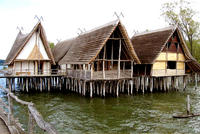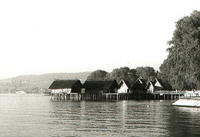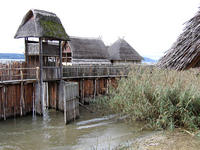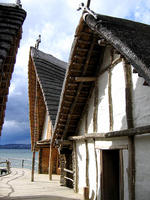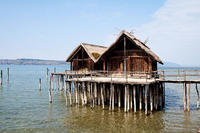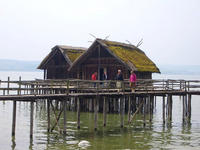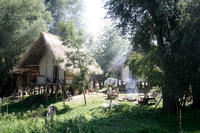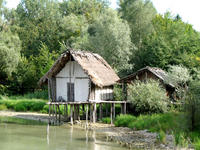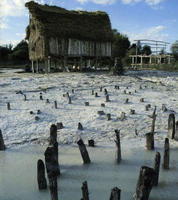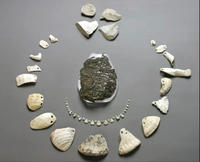You are in: Europe -> Austria -> Prehistoric Pile dwe... , and traditional search or Image Gallery will yield results of this site only
Prehistoric Pile dwellings around the Alps
| Site number: | 1363 |
|
| Type of site: | Cultural | |
| Date: | 5000-500 BC | |
| Date of Inscription: | 2011 | |
| Location: | Europe, Austria, France, Germany , Italy , Slovenia , Switzerland | |
Up to 75 images are shown here. Click on each for more details or on Image Gallery for more images.
| Description: | This serial property of 111 small individual sites encompasses the remains of prehistoric pile-dwelling (or stilt house) settlements in and around the Alps built from around 5000 to 500 B.C. on the edges of lakes, rivers or wetlands. Excavations, only conducted in some of the sites, have yielded evidence that provides insight into life in prehistoric times during the Neolithic and Bronze Age in Alpine Europe and the way communities interacted with their environment. Fifty-six of the sites are located in Switzerland. The settlements are a unique group of exceptionally well-preserved and culturally rich archaeological sites, which constitute one of the most important sources for the study of early agrarian societies in the region. --WHMNet's description is from WHC Site, where additional information is available. | |
| Prehistoric Pile dwellings around the Alps is a series of prehistoric pile-dwelling (or stilt house) settlements in and around the Alps built from around 5000 to 500 B.C. on the edges of lakes, rivers or wetlands. 111 sites, located in Austria, France, Germany, Italy, Slovenia, and Switzerland, were added to UNESCO World Heritage Site list in 2011. Fifty-six of the sites are located in Switzerland. Excavations, only conducted in some of the sites, have yielded evidence that provides insight into life in prehistoric times during the Neolithic and Bronze Age in Alpine Europe and the way communities interacted with their environment. As the nomination stated, the settlements are a unique group of exceptionally well-preserved and culturally rich archaeological sites, which constitute one of the most important sources for the study of early agrarian societies in the region.[ --Wikipedia. Text is available under the Creative Commons Attribution-ShareAlike License. | ||
| Source: | http://whc.unesco.org/en/list/1363 | |
| Reference: | 1. UNESCO World Heritage Center (http://whc.unesco.org/en/list/1363). 2. Wikipedia. | |




